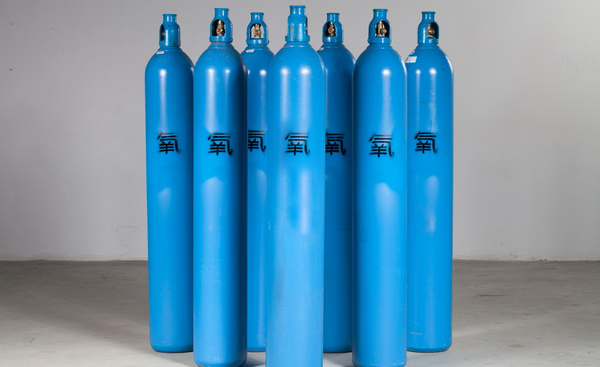Oxygen
Release Date: 2022-06-16 10:01:51 Visit: 213

Oxygen, with the chemical formula O2, is a colorless, odorless and tasteless gas. It is the most abundant element on the earth's surface. It is indispensable for most life on earth. We breathe air to absorb oxygen. In terms of technology, oxygen is extracted from the liquefaction process of air, which contains 21% oxygen. It is the basis of all breathing and combustion processes and is therefore a prerequisite for almost all life processes.
The separation principle of air liquefied is that different air components have different boiling points. During countercurrent flow, nitrogen is formed as the gas rises and oxygen is formed as the liquid falls. This means that gaseous nitrogen accumulates at the top of the column where the temperature is lower, while liquid oxygen accumulates at the bottom of the column where the temperature is higher.
Medical oxygen plays a vital role in hospital treatment and clinical care, such as in resuscitation, surgery, and various treatments. Oxygen mixed with nitrogen or helium can also be used as breathing gas for diving.
Commercial oxygen can be obtained by liquefying and distilling ambient air in an air separation plant. If there is a higher requirement for purity, then a second purification is required. High-purity oxygen can also be produced by electrolysis of water.
The main industrial application of oxygen is combustion support. Many materials that are not normally combustible in air can combust in oxygen, so mixing oxygen with air greatly improves combustion efficiency in the steel, non-ferrous, glass and concrete industries. When mixed with fuel gas, it is widely used in cutting, welding, brazing and glass blowing, providing higher temperature than air combustion, thus improving efficiency. Along with oxyfuel, plasma and laser processes, jets of gaseous oxygen can be used to cut steel. Oxygen is also commonly used for hot seam drilling or cutting materials such as concrete, brick, stone and various metals.
Oxygen is often used as a component of mixed shielding gases due to its ability to help stabilize the arc and reduce surface tension. For example, the chemical industry often relies on pure oxygen to improve the efficiency of oxidation reactions. High-purity oxygen is used in laboratories, in control operations, in gas-cooled nuclear reactors, in metal analysis instruments, and in semiconductor and fiber optic production.
Before water treatment, oxygen is an effective way to purify wastewater and sewage treatment. Other applications include sealing glass ampoules in the pharmaceutical industry, enriching water with oxygen in aquaculture, as one of the gas mixtures in modified atmosphere packaging (MAP) and liquid explosives.
Application of Oxygen:
l Cutting
l Welding
l Pure oxygen aeration SOLVOX in sewage treatment
l LoToX in exhaust gas denitration treatment
l Oxygen Dissolved for Aquaculture
l MAP (Modified Atmosphere Packaging)
l Oxygen combustion Oxyfuel
l Oxygen Enrichment





